Everything you need to know about specifications and performance - Peugeot Partner 1996 - 1.4 (75 Hp)

Overview:
What is the engine capacity of a Peugeot Partner 1996?
The engine capacity of the Peugeot Partner 1996 is 1360.
Peugeot Partner 1996 How many horsepower?
The engine power of the Peugeot Partner 1996 is 75 Hp @ 5500 rpm..
What is the Peugeot Partner 1996 engine?
Peugeot Partner 1996 engine is KFX TU3JP. (Click to see other cars using the same engine)
How much gasoline does a Peugeot Partner 1996 consume?
The Peugeot Partner 1996 consumes 7.1 liters of gasoline per 100 km
General:
Engine:
Performance:
Space:
dimensions:
Powertrain, Suspension and Brakes:
See also
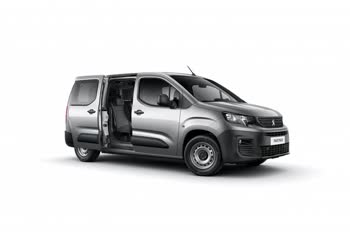
Last generation.
Its production began in 2019 until Now
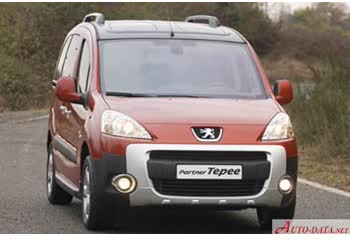
Other generation.
Its production began in 2008 until 2012
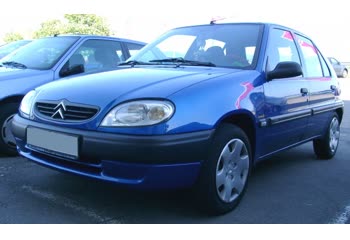
Same engine. (KFX TU3JP).
Its production began in 1999 until 2002

Same engine. (KFX TU3JP).
Its production began in 1999 until 2002
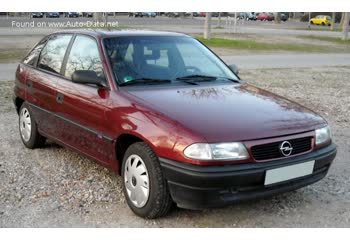
Same production year and almost the same engine capacity.
Its production began in 1996 until 1998
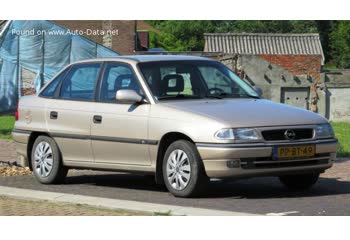
Same production year and almost the same engine capacity.
Its production began in 1996 until 1998

Write a comment